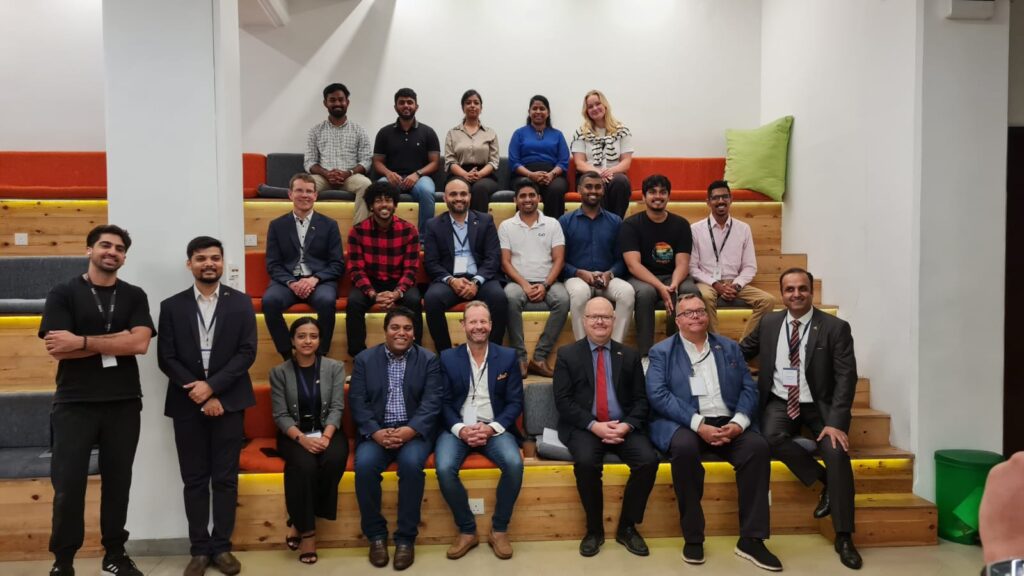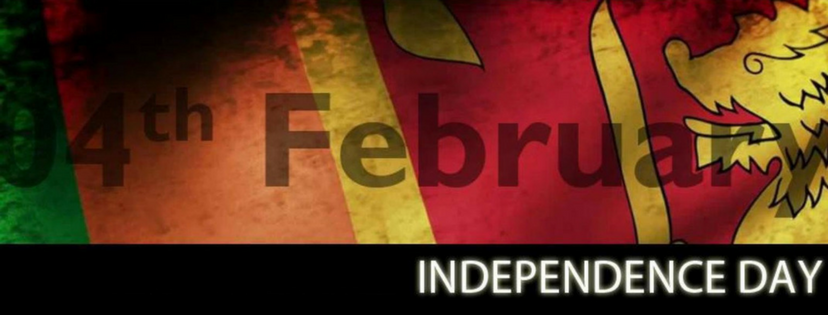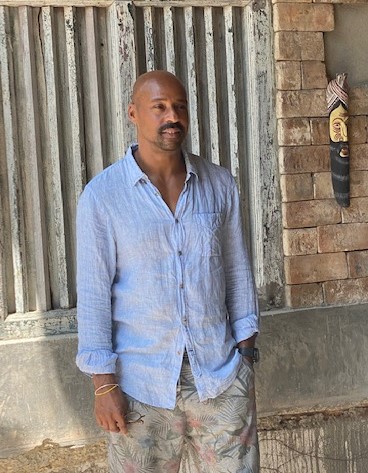Frequently Asked Questions from north americans thinking about buying and investing in Sri Lanka real estate!
Can foreigners own property in Sri Lanka?−
Foreigners have restricted property ownership rights in Sri Lanka. The key limitations and options are:
- Land Ownership: Foreigners are generally prohibited from purchasing freehold land directly, with a 100% tax on land value making such transactions economically impractical
- Condominium Ownership: Foreigners can purchase freehold condominium units on or above the 4th floor (ground floor counting as the 1st floor) with full ownership rights
- Leasehold Arrangements: Long-term leases of up to 99 years are available for land and standalone properties
- Company Structures: Property can be owned through a Sri Lankan company, though foreign ownership greater than 50% designates it as a “foreign company” with additional restrictions
- Special Economic Zones: The Colombo Port City project has specific foreign ownership provisions distinct from the rest of the country
These restrictions aim to protect local land ownership while still allowing foreign investment in specific sectors. The condominium law provides the most straightforward route for foreign investors seeking full ownership rights. The “Sri Lanka My Dream Home” visa program introduced in 2023 offers residency options for property buyers but does not change the fundamental ownership restrictions.
What are the best areas for real estate investment in Sri Lanka?−
The most promising investment areas in Sri Lanka vary based on your investment goals:
- Colombo (Western Province): The capital city offers the most liquid market with luxury condominiums providing stable rental yields (4-6%) and moderate appreciation. The Colombo Port City development represents a unique special economic zone opportunity with potential for higher returns.
- Southern Coast (Galle, Unawatuna, Weligama): This region has established tourism infrastructure and international recognition. Properties here can achieve 6-10% rental yields with strong seasonality and appreciation potential in prime beachfront locations.
- Eastern Coast (Trincomalee, Pasikudah): An emerging region with some of the country’s best beaches and lower entry points. Higher risk profile but greater appreciation potential as infrastructure develops.
- Central Highlands (Kandy, Nuwara Eliya): The cooler climate region offers unique colonial properties and plantation estates. Growing retirement and tourism market with moderate yields (5-8%) and stable values.
- Western Coast (Negombo, Bentota): Proximity to the international airport makes these areas attractive for short-term rentals and weekend tourism from Colombo.
For purely investment-focused buyers, the southern coast currently offers the best balance of established tourism, rental potential, and appreciation prospects. Colombo provides greater stability and liquidity, while eastern regions offer higher potential returns with corresponding risk. Consider your risk tolerance, time horizon, and whether personal use is a factor when selecting your target area.
What are the total costs involved in purchasing property?−
When purchasing property in Sri Lanka, budget for these additional costs beyond the purchase price:
- Stamp Duty: 4% of the property value
- Registration Fee: 1% of the property value
- Notary Fees: 1-2% for document preparation and execution
- Legal Fees: 1-2% for comprehensive legal services
- VAT: 15% may apply to luxury properties valued above LKR 25 million (often included in the listed price)
- Real Estate Agent Commission: 3-5% (typically paid by seller)
- Currency Transfer Costs: 1-3% for international transfers
For condominiums or properties requiring minimal renovation, total transaction costs typically range from 8-12% of the purchase price. For properties requiring significant renovation or those purchased through company structures, add another 5-15% for setup and improvement costs.
Additionally, when budgeting for ongoing ownership, plan for:
- Property tax: 0.5-1% of property value annually
- Insurance: 0.2-0.5% of property value annually
- Management fees: 10-20% of rental income (if applicable)
- Maintenance reserve: 1.5-2.5% of property value annually (higher than in temperate climates)
These costs vary somewhat by location and property type, but should be factored into your investment calculations to accurately assess potential returns.
Can I get residency in Sri Lanka through property investment?−
Note: Recent reports suggest the “Sri Lanka My Dream Home” visa program may no longer be available to new applicants or may have undergone significant changes. Prospective investors should confirm the current status with the Department of Immigration and Emigration before planning their investment strategy.
Previously, Sri Lanka offered a pathway to residency through property investment via the “Sri Lanka My Dream Home” program. The program details were as follows:
- Investment Requirement: Purchase of property worth a minimum of $150,000 USD
- Visa Duration: 5-year multiple-entry residence visa
- Benefits:
- Residence rights for the investor, spouse, and dependent children under 18
- Multiple entries to Sri Lanka throughout validity period
- Pathway to permanent residency with continuous residence
- No minimum stay requirements to maintain visa status
- Property Types: Condominiums and apartments qualify (must be on or above 4th floor as per foreign ownership laws)
Alternative residency options may include:
- Investor Visa: For business investments of $250,000+ (can include commercial real estate)
- Resident Guest Scheme: Requires $15,000 fixed deposit in a Sri Lankan bank
- Retirement Visa: For individuals over 55 with monthly income of $1,500+ or fixed deposit
- Digital Nomad Visa: For remote workers with verified income of $2,000+ monthly
For the most current information on residency options, prospective investors should contact the Department of Immigration and Emigration in Sri Lanka directly.
What are the tax implications for foreign property owners?−
Foreign property owners in Sri Lanka face several tax obligations:
- Rental Income Tax:
- Progressive rates from 4% to 24% based on income level
- 6% withholding tax collected by tenants or property managers
- Annual tax return filing requirement
- Limited deductions for expenses and depreciation
- Property Tax:
- Annual rates vary by municipal council (typically 30-35% of annual rental value)
- Based on potential rental income assessment
- Paid to local authority quarterly or annually
- Capital Gains Tax:
- 10% for individuals (with an announced increase to 15% in the 2025 budget)
- 30% for companies
- Filing required within 60 days of transaction
- Special rules for properties held in companies
- Remittance Tax:
- 14% withholding tax on profit remittances overseas
- Applies when transferring rental profits out of Sri Lanka
- Proper documentation required to avoid double-taxation
- Value Added Tax (VAT):
- 18% applies to luxury property sales (above LKR 25 million)
- Usually included in purchase price for new developments
Most foreign investors will also face tax obligations in their home country:
- U.S. Citizens: Must report worldwide income, though Foreign Tax Credits may offset Sri Lankan taxes paid
- Canadian Residents: Report foreign property on Form T1135 if value exceeds CAD $100,000
- Most Countries: Tax treaties help prevent double taxation but specific mechanisms vary
Tax laws change frequently, and Sri Lanka implemented significant tax reforms in 2023-2024. Working with tax professionals in both Sri Lanka and your home country is essential to ensure compliance and optimize your tax position.
How does the Sri Lankan property market compare to other Asian markets?−
Sri Lanka’s property market has distinct characteristics compared to other Asian investment destinations:
- Affordability: Significantly lower price points than Singapore, Hong Kong, or major Thai destinations. More comparable to emerging markets like Vietnam or Cambodia.
- Yield Potential: Higher rental yields (5-10%) than mature Asian markets like Singapore (2-3%) or Hong Kong (2-3%).
- Foreign Ownership Restrictions: More restrictive than Thailand or Malaysia for land ownership, but condominium rules are similar. More accessible than Vietnam or Indonesia but less open than Cambodia or the Philippines.
- Market Maturity: Less developed than Thailand, Malaysia, or Singapore with fewer institutional investors and more opaque pricing.
- Appreciation History: Lower historical price appreciation than Vietnam or major Chinese cities, but stronger than Cambodia or Indonesia over 10-year timeframes.
- Rental Market: More seasonal and tourism-dependent than markets like Singapore, Hong Kong, or Kuala Lumpur which have stronger year-round demand.
- Economic Stability: Higher volatility than Singapore, Malaysia, or Thailand following the 2022 economic crisis.
- Property Rights: Stronger legal framework than Cambodia or Myanmar due to British-influenced legal system, but less established than Singapore or Hong Kong.
Sri Lanka offers a value proposition between frontier markets (Cambodia, Myanmar) and more established destinations (Thailand, Malaysia). The country’s tourism potential, natural beauty, and strategic location provide unique advantages, but with corresponding economic and political stability challenges.
The recent economic correction has created a particularly attractive entry point for USD-based investors compared to pre-crisis valuations. Property values in USD terms decreased 30-50% during the 2022 crisis, creating opportunities similar to post-Asian Financial Crisis conditions in Thailand (1997) or post-GFC opportunities in Malaysia (2008).
How do I manage a property in Sri Lanka remotely?−
Managing Sri Lankan property from North America requires careful planning and reliable local support:
- Property Management Options:
- Full-Service Management Companies: Most suitable for remote investors, handling everything from maintenance to rental management (10-20% of rental income)
- Caretaker/Guardian Model: For less frequently rented properties, employing on-site staff (monthly salary $150-300 plus accommodation)
- Hotel-Style Management: For properties in tourism hotspots, marketing through established hospitality channels (25-40% of revenue)
- Key Management Aspects:
- Preventive Maintenance: Critical in tropical climates to prevent mold, termites, and weather damage
- Staff Management: Legal employer responsibilities including EPF/ETF contributions
- Rental Administration: Tenant/guest management, payment collection, and local tax compliance
- Financial Reporting: Regular statements of income and expenses
- Emergency Response: Systems for handling urgent situations across time zones
- Technology Solutions:
- Property management software with owner portals
- Video-based inspection reports
- Smart home technology for remote monitoring
- Online banking for expense management
- Digital communication platforms with management team
When selecting a management solution, prioritize:
- Companies experienced with foreign owners
- Clear fee structures without hidden charges
- Strong local maintenance teams
- Transparent reporting systems
- Emergency protocols for natural disasters
For vacation rentals, many owners use a hybrid approach combining local management for physical maintenance with international platforms (Airbnb, Booking.com) for marketing and booking management. The right structure depends on your property type, location, and investment objectives.
What are the main risks of investing in Sri Lankan real estate?−
Investing in Sri Lankan property carries several risks that should be carefully considered:
- Economic Volatility: The 2022 economic crisis demonstrated country’s vulnerability to external shocks, debt servicing challenges, and currency instability. While IMF support has stabilized the situation, recovery remains in progress.
- Currency Risk: The Sri Lankan Rupee experienced significant depreciation during the crisis. While this creates buying opportunities for foreign investors, it also highlights the currency risk when converting rental income or eventual sale proceeds back to USD/CAD.
- Political Uncertainty: Changes in government can lead to policy shifts affecting foreign investment, property ownership rules, or taxation. Institutional stability remains a concern despite recent improvements.
- Tourism Dependency: Many investment properties rely heavily on tourism demand, which can fluctuate due to external factors (pandemics, travel restrictions, economic downturns) or internal issues (security concerns, infrastructure limitations).
- Property Rights Challenges: While the legal system is reasonably robust, title issues, boundary disputes, and inheritance claims are not uncommon, particularly for older properties or those outside major urban centers.
- Infrastructure Limitations: Power outages, water quality issues, and internet connectivity challenges can affect property operations and tenant satisfaction, particularly outside major cities.
- Natural Disaster Exposure: Coastal properties face monsoon impacts, flooding risks, and potential erosion. Climate change may increase these risks over time.
- Management Quality Variations: Remote property ownership relies on local management, which varies significantly in professionalism and transparency.
- Exit Liquidity: The market for premium properties is relatively thin, potentially resulting in extended selling periods or price concessions, particularly during economic downturns.
These risks can be mitigated through thorough due diligence, proper legal structures, quality property management, comprehensive insurance coverage, and realistic financial planning that includes sufficient reserves. Taking a long-term investment approach (7-10 years) rather than seeking short-term gains can also help weather market fluctuations.
What is the best way to finance a property purchase in Sri Lanka?−
Financing options for foreign investors in Sri Lanka are limited compared to domestic markets:
- Cash Purchase: The most common approach for foreign investors due to limited local financing options. Benefits include simplified transactions, no financing contingencies, and potentially stronger negotiating position.
- Local Bank Mortgages:
- Extremely limited availability for non-residents without local income
- Typically requires 40-50% down payment when available
- Interest rates significantly higher than North America (14-16% currently)
- Maximum term typically 15 years
- Extensive documentation including local income verification
- Developer Financing:
- Some premium developments offer payment plans, particularly for pre-construction purchases
- Typically requires 30-50% upfront payment
- Balance paid in installments during construction
- Usually interest-free but built into property pricing
- Home Country Financing:
- Refinancing existing properties in North America
- Home equity lines of credit (HELOCs)
- Investment portfolio loans
- International investment property loans from specialized lenders
For most North American investors, the optimal financing strategy involves either:
- Using cash for the purchase if available, potentially timing currency exchanges to favorable USD/LKR rates
- Leveraging existing assets in North America through equity release, HELOCs, or portfolio loans
- For pre-construction condominiums, utilizing developer payment plans to spread the investment over the construction period
International banking relationships, particularly with banks operating in both your home country and Sri Lanka (like HSBC), can sometimes facilitate smoother transactions and potential financing solutions, though generally at premium interest rates.
How do short-term rentals work in Sri Lanka?−
The short-term rental market in Sri Lanka offers strong potential but has specific considerations:
- Market Dynamics:
- High season periods (December-March and July-August) can command premium rates
- Significant seasonality with occupancy dropping 30-50% during monsoon seasons
- Growing international platform presence (Airbnb, Booking.com, VRBO)
- Strong domestic weekend market from Colombo to beach destinations
- Regulatory Framework:
- Tourism Board registration required for commercial short-term rentals
- Guest registration with local police for foreign visitors
- Tax implications including 6% withholding tax on rental income
- Condominium bylaws may restrict short-term rentals in some buildings
- Operational Requirements:
- Local management presence essential for check-in/out and guest support
- Higher furnishing and amenity standards than long-term rentals
- Regular maintenance during peak humidity periods
- Staff considerations for larger properties (housekeeping, caretakers)
- Marketing Channels:
- International platforms (Airbnb, Booking.com) for global reach
- Local booking sites for domestic market
- Property management companies with established client bases
- Direct marketing through dedicated websites
Short-term rental performance varies significantly by location:
- Coastal Properties: Can achieve $150-350/night during peak season with 60-80% high-season occupancy and 20-40% low-season occupancy
- Colombo Apartments: More consistent year-round demand at $80-200/night with business traveler focus
- Highland Properties: Moderate seasonality with $100-250/night rates for quality properties
Most successful short-term rental operations utilize professional management companies (charging 20-30% of revenue) to handle marketing, guest communications, cleaning, and maintenance. Self-management is challenging for overseas owners due to time zone differences and local coordination requirements. Properties that blend authentic Sri Lankan design elements with international comfort standards typically achieve the highest rental rates and occupancy levels.
For more info and detail go to the guide




